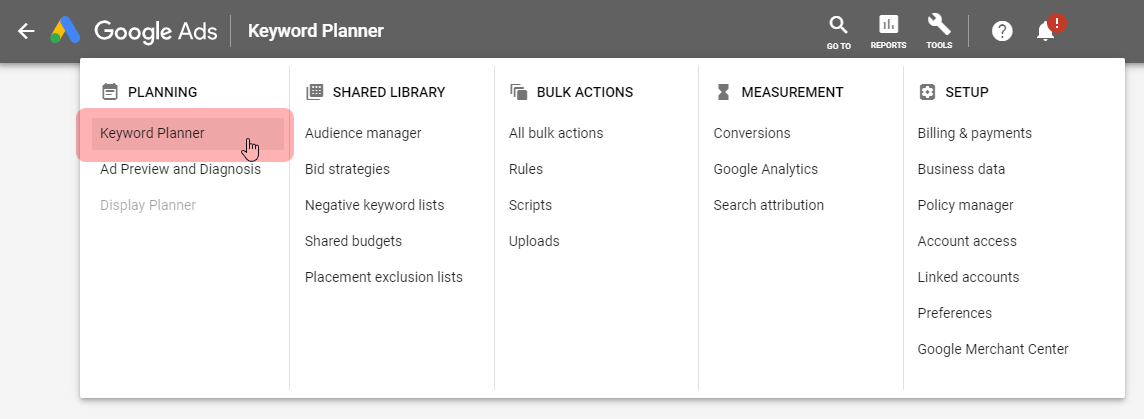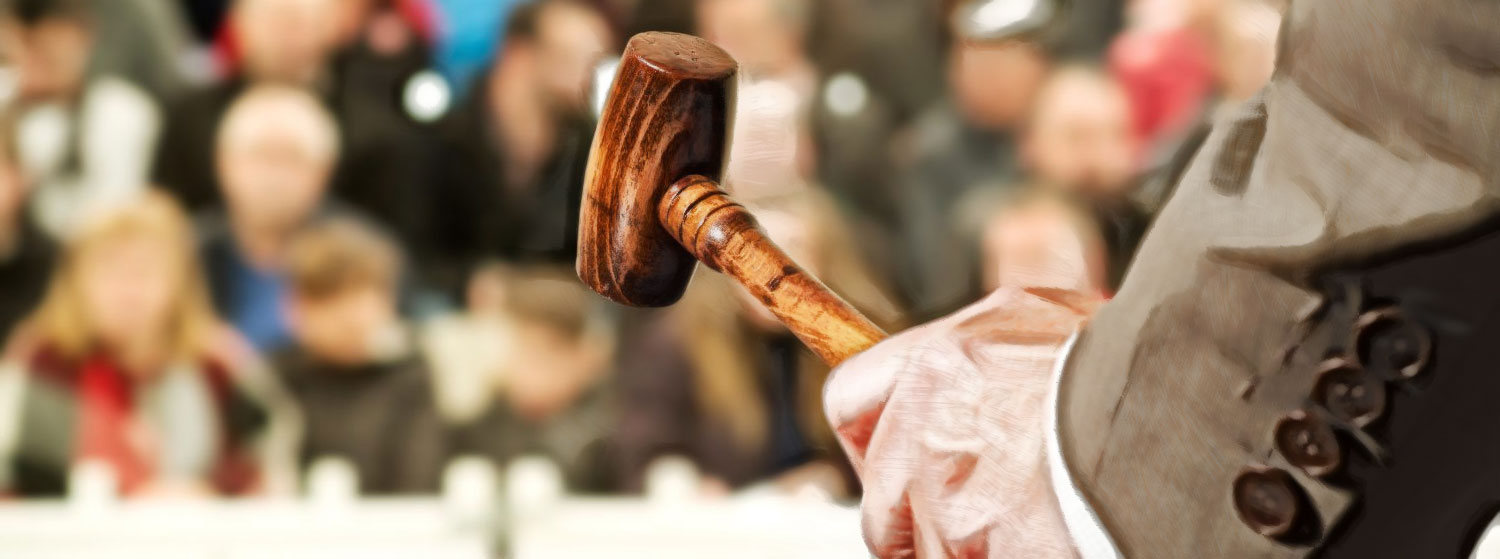| Thank you for Signing Up |


In this Guide 2025, I will use pragmatic examples to teach you the things about the world of Pay Per Click (PPC). But beyond that, you will also learn to avoid potential loopholes.
Businesses need PPC to meet their advertisement needs without carving a deep hole within their budget. Another reason businesses rely on PPC is the incredible opportunity it offers to land their pages at the very top of Search Engine Results Pages (SERP). Google and other top search engines allow businesses run ads on their platforms with the goal of boosting visibility for the businesses. These ads use keywords to rank and gain visibility.
What Does PPC Entail?
Pay Per Click as the name suggests are a form of advertisement carried out with the aid of the internet. They work simply by making payments only when people click on your ads online. They include bidding, keywords, landing pages, budgets, ad/sales copy, etc.
PPC aggregates the full idea behind digital advertising especially on the internet. Digital advertisement endeavors are very viable: they cover the exigencies of conventional advertisement and gives us the chance to eat our cake and keep it. Running a conventional ad on a billboard for instance requires paying for the spot where the billboard is situated. Likewise, running a TV commercial or a radio commercial during a popular program requires securing airtime for the ad.
Digital advertisement on the internet is setup in the same way with much better benefits. The internet is the real estate for digital advertisement endeavors, which is why you have to pay someone to use the space on their website.
Pay Per Impression
The charges for digital spaces on the web are usually calculated using different metrics — one of them are impressions. In conventional advertisement, you will be charged for the spot or the airtime. As for impressions used for advertisement in the web, they are usually counted in units of “Cost Per Thousand Impressions” (CPM). If you’re paying for impressions, then you will have to pay every time when your ad is displayed, no matter if someone clicked on it or not.
This advertising concept can have its advantages when executed on a website with huge traffic that relates to your business. However, as you can clearly see, this looks much more like conventional advertisement, rather than an innovative concept for the web.
PPC is an alternative to the CPM advertising concept. PPC favors the advertiser and only requires payment from the advertiser when a visitor or user on their website interact with the ad. That’s why PPC is way more attractive for for businesses.
Most Common Types of PPC

There are numerous ad networks offering PPC but the popular ones outshine the less popular ones with even greater value. The most popular PPC network is Google Ads and AdSense — other ones include Bing Ads, Yahoo Search Marketing, CPALead, Peerfly, an many more.
The most common of ad network offering PPC is Google Ads. It allows businesses run ads PPC via advertisements on websites, Search Engine Results Pages or simultaneously on both platforms. Next to Google Ads is AdSense, which is used by website owners to run ads from Google Ads on their websites. The website owners are being paid for each click on the ads by the Google Ad Network.
Google makes significant profit from PPC by charging a percentage for each click, with the remainder going to the publisher of the website. In the event that ads are running on Google’s SERP, Google will take all the profit without giving anything to the publisher.
- Facebook Ads
The biggest social media network in the world is Facebook. But beyond social networking, Facebook is also popular when it comes to PPC ads. Many advertisers prefer to run ads on Facebook because they consider it a viable option for promoting products due to its possibility to target audiences. Also, at first glance, it seems easier to set ad parameters when you’re not an SEM professional. - Bing Ads
Bing is another popular search engine and it runs its own PPC network very similar to Google Ads. People who run ads on Bing can also advertise on Yahoo and other search engine platforms collaborating with Microsoft. - Rich Media Ads
Advertisers also use Rich Media to boost visibility for their brand but this requires specific efforts and strategy. The ads have to be specifically tailored using custom images, animated GIFs, video graphics, etc., to capture the information while they will be run on any ad network that supports the format. Unfortunately, search engine results cannot run graphic ads; they are restricted to text-based ads now. - Display Ads
Some ads are best conveyed using a graphical input and this can be used on a PPC campaign through display advertising. The platforms mentioned above also allow to run display ads. - Native Ads
Native ads are very much the same as PPC. Although this kind of advertisement may appear as blog post or similar, in reality, they are ads. Native ads are run by a few ad networks like Outbrain and Taboola.
PPC also allows advertisers refocus their campaigns and reach people who have once visited their websites through the ads which is known as remarketing — sometimes referred to it as retargeting. Remarketing is a very important use of PPC and we will have to decipher that at some other time.
Costs of PPC Campaigns
Several attempts at running ads may have burnt and left unpleasant experiences. With PPC, you only get to pay only when somebody clicks on your ad. Many clicks are below $1 and some other clicks are as high as $50. If you compare these costs with the costs for other ad types, you will agree that PPC pales significantly in terms of costs. PPC however requires the services of an SEM or SEO professional to assist with the management of the ads.
That’s us (BLUE MEDIA Marketing, Inc.) if you’re wondering.
Baring all we have explained so far in mind, we must say that the cost for any PPC campaign is relative and entirely dependent on the person managing the campaign.
There are numerous factors to consider before arriving at a figure for the cost of a PPC campaign. Some of the factors to consider include the selected keywords, the budget considerations and the ad network where the ads will be launched. Each ad network has their specific cost for each click, so you must make sure to choose one that is commensurate to your budget. General rules of cost apply here: an ad platform like Google Ads relatively costs more for ads than other less used ad platforms. But the fact that Google is a more popular platform makes it more beneficial, too.
The cost for each click is also dependent on the keywords you have selected for your ads. Google and Bing give users insights into cost projections. You can easily see the cost for each click on an ad under your Google Ads menu. Under the Google Ads menu, you will find the “Keyword Planner” tab and the “Tools” menu at the top.

Click on “Find new keywords”, there you will be allowed to enter keywords specific.
Let’s say for instance you enter “San Diego Baseball Cap”: The available bids for “San Diego Baseball Cap” will come up on Google as $0.27. We will discuss bidding extensively along the line, but this amount is what you will be expected to pay to run an ad for “San Diego Baseball Cap” on Google Ads.
What we said earlier about the cost of a PPC campaign being relative still stands. It depends on the user preferences and other factors mentioned above. Every ad network is budget friendly, especially because they do not want you finding it hard to work around costs. Google Ads for instance allows you to set the daily budget for your ads. Advertisers can set the minimum and maximum amounts they want to spend on their ads for each day. The ad network will not run your ads for that day once your budget is used up.
How Long Does PPC Take to Work?
This is a common question especially for those considering PPC campaigns for the first time. PPC ads do not take more than two weeks for the setup and the launch. It is easy to setup ads, and this is where the SEM or SEO manager’s expertise comes into play.
If you want to build funnels and landing pages, it may take more time. Once you turn on the ads, they should start yielding results within twenty-four hours.
Framework Of A PPC Campaign: Most Important Elements
PPC campaigns are made up of numerous important elements and it is important to be conversant with each of these elements when discussing PPC management and online advertising generally.
- The PPC Campaign
PPC campaigns feature several ad groups, which are usually related to the appropriate marketing strategy for the business. If for example winter season is upon us, a very good marketing strategy to use at this time would be centered on holidays and vacations around skiing. It serves as a good ground to attract customers who want to ski. - The Ad Group
This is a collection of ads in consonance with a specific ad campaign. As the name implies, an ad group consists of a group of ads related to a particular campaign. Citing the seasonal example used earlier, you run one ad group advertising snowboards and ski sets and another group advertising flights to ski resorts. - The Ad Text
The text section of an ad is often trivialized and considered by most people. But it’s essential to the success of a PPC campaign. There is this illusory believe by most marketers that just any kind of copy will bring people rushing to their websites. The ad text usually has huge impact on the conversion of visitors. And for this reason, it is better to utilize the services of a professional ad copywriter who knows his onions on the subject and would ensure to use keywords and other tags necessary for the campaign. - The Keywords
It is important to setup each ad group with keywords that have the potential to capture the right target audience, and so the Ad network show ad in regards to people’s search queries. Using the example above, you might select “snowboards” as a keyword for one group and “snowboard boots” as a keyword for the other ad group. - The Landing Page
This is where people will land on after clicking on your ad. The landing page is the next destination after the visitor takes off by clicking on your Ad. You cannot have your ad referencing to A, while your landing page references B, i.e. something entirely different. In essence, your ad, the text making up the ad copy and the landing page should resonate your offering without ambiguity. This ambiguity can be effectively avoided by consulting the services of a good copywriter and an SEM professional whose use of words and elements on the landing page will help you convert.
to be continued…
| Thank you for Signing Up |



 by
by 

